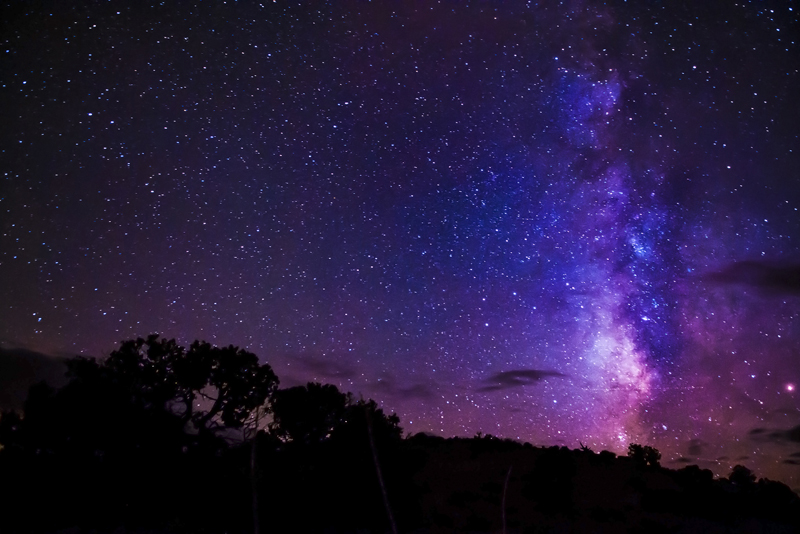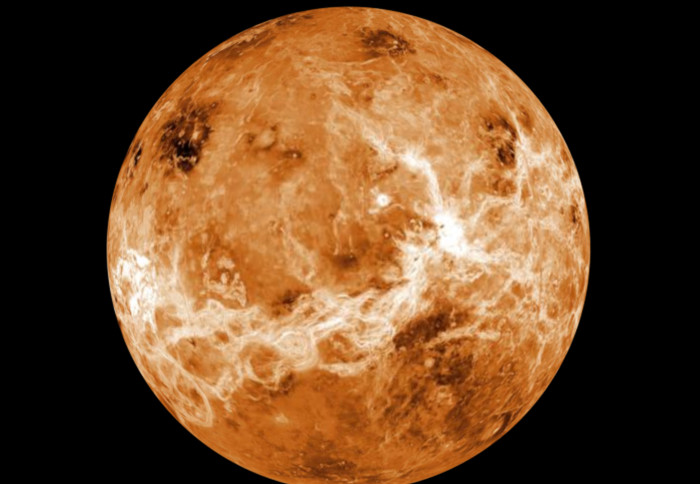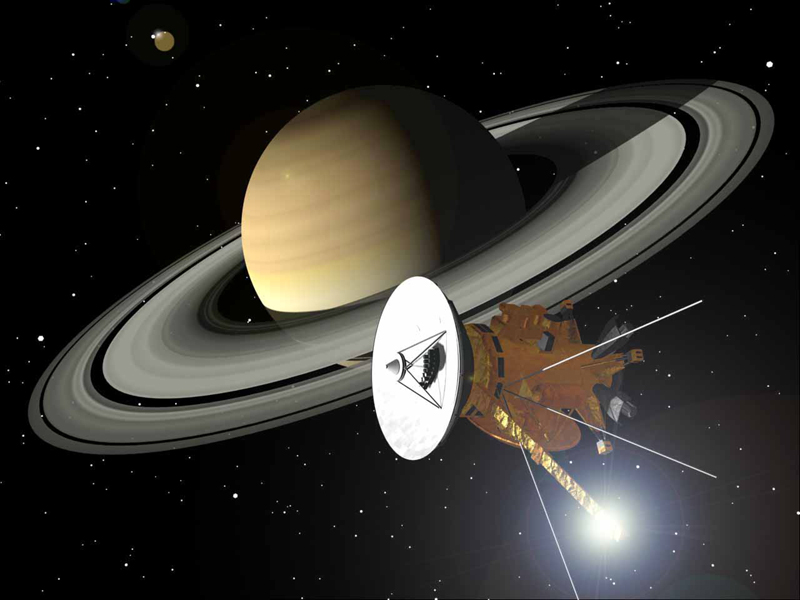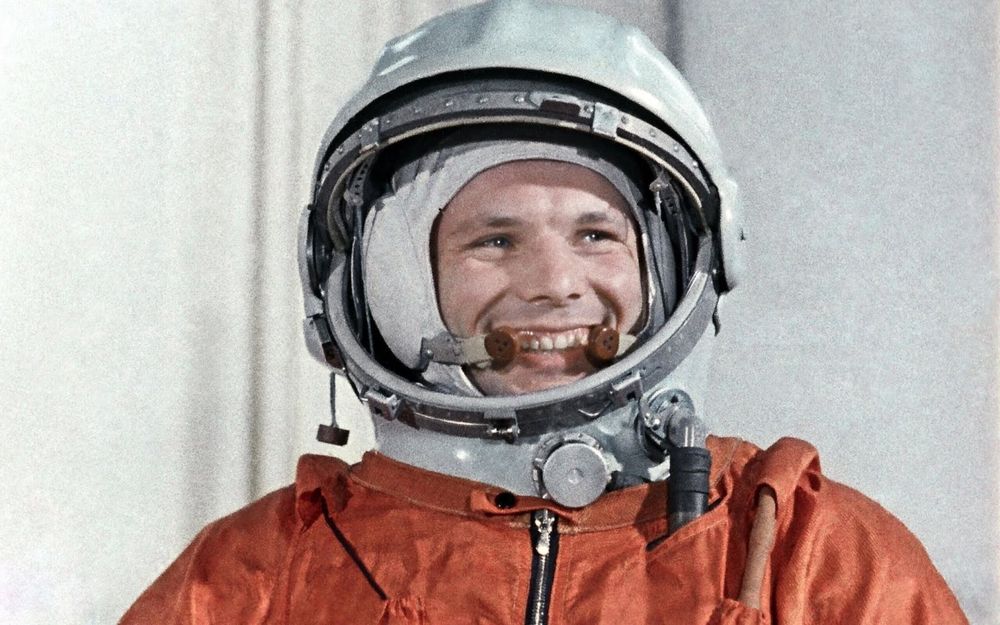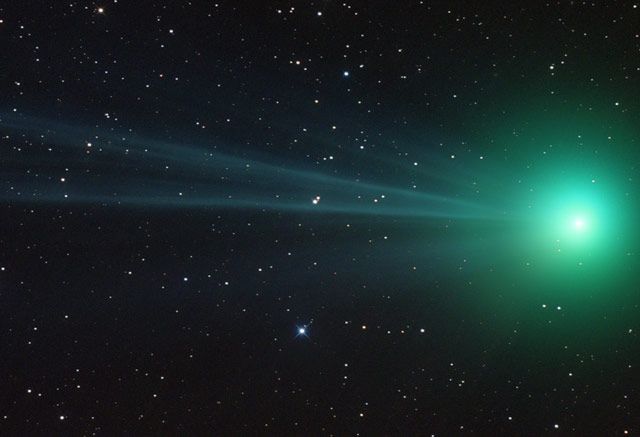Hi everybody
Here's the latest article from the Astronomy site at BellaOnline.com.
Tarantula Nebula (30 Doradus)
The biggest, brightest nebula in our galactic neighborhood is not for arachnophobes. It's a cosmic spider hundreds of light years across known as the Tarantula Nebula. Although the nebula is 170,000 light years away it's so luminous that it can be seen with the unaided eye.
http://www.bellaonline.com/articles/art303857.asp
*A week of remembrance*
Astronauts – in Memoriam
Traveling into space is an astronaut's dream. However it's a dangerous occupation, both in the realization and in the training. A number of astronauts, almost all American or Russian, have paid the ultimate price for their dreams. Where are their memorials?
http://www.bellaonline.com/articles/art302941.asp
January 27, 1967: the crew of Apollo 1 – Virgil “Gus” Grissom, Edward White and Roger Chaffee – died when fire swept through the command module during a preflight test.
January 28, 1986: NASA's space shuttle Challenger exploded soon after launch, killing the seven crew members.
February 1, 2003: the space shuttle Columbia broke up in re-entry, killing the seven crew members.
*Birth anniversaries*
(1) January 27, 1829: pioneering astrophotographer Isaac Roberts was born. Roberts was a Welsh amateur astronomer, and a fellow of the Royal Geological Society. He developed a photographic technique which made it possible to capture faint objects.
(2) January 27, 1941: New Zealand astrophysicist Beatrice Hill Tinsley was born. Tinsley began her career late and died in 1981, but in the intervening years she revolutionized our view of galactic evolution. Her pioneering work continues to be regularly cited by researchers.
(3) January 25, 1736: Joseph Lagrange was born. Lagrange was one of the great mathematicians of the 18th century. His work included major contributions to physics and astronomy. He's best known now for his identification of equilibrium points between the gravity of the Earth and that the Sun. NASA's SOHO (Solar and Heliospheric Observatory) sits at one of these points.
(4) January 28, 1611: Polish astronomer Johannes Hevelius was born. Johannes Hevelius studied sunspots, produced a lunar chart, discovered several comets, and produced an influential star atlas. He was one of the most influential astronomers of the 17th century. (Hevelius died on January 28, 1687.)
Please visit http://astronomy.bellaonline.com/Site.asp for even more great content about Astronomy. I hope to hear from you sometime soon, either in the forum http://forums.bellaonline.com/ubbthreads.php/forums/323/1/Astronomy or in response to this email message. I welcome your feedback!
Do pass this message along to family and friends who might also be interested. Remember it's free and without obligation. I wish you clear skies.
Mona Evans, Astronomy Editor
http://astronomy.bellaonline.com
.
astronomy Newsletter
